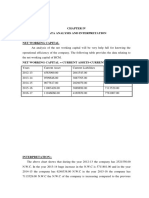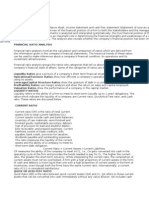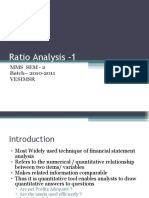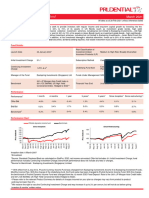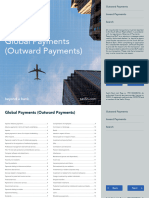0% found this document useful (0 votes)
74 views24 pagesKalol Institute of Management (Kim) : Mba Sem-3
Uploaded by
sahinvora.caCopyright
© © All Rights Reserved
We take content rights seriously. If you suspect this is your content, claim it here.
Available Formats
Download as PDF, TXT or read online on Scribd
0% found this document useful (0 votes)
74 views24 pagesKalol Institute of Management (Kim) : Mba Sem-3
Uploaded by
sahinvora.caCopyright
© © All Rights Reserved
We take content rights seriously. If you suspect this is your content, claim it here.
Available Formats
Download as PDF, TXT or read online on Scribd
/ 24











